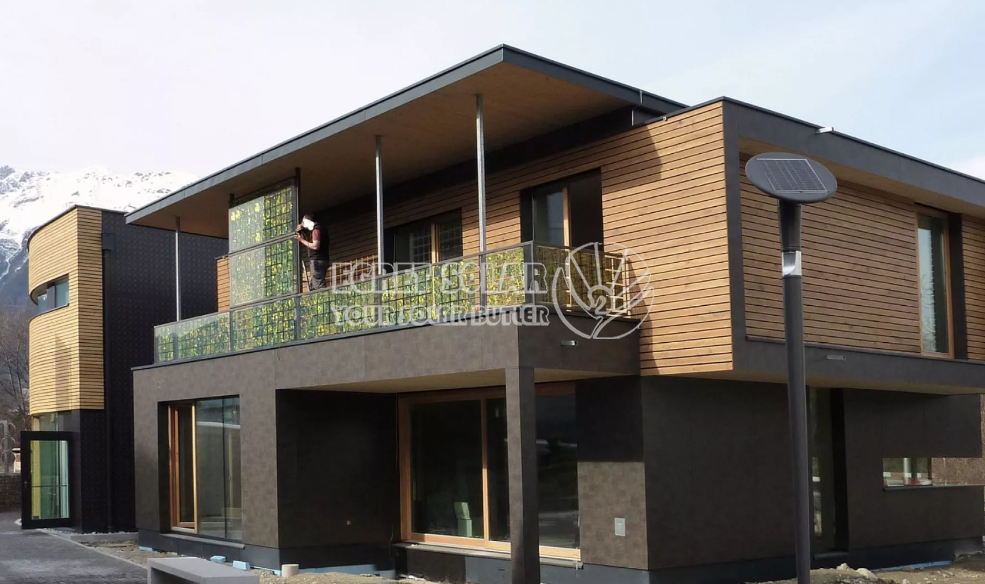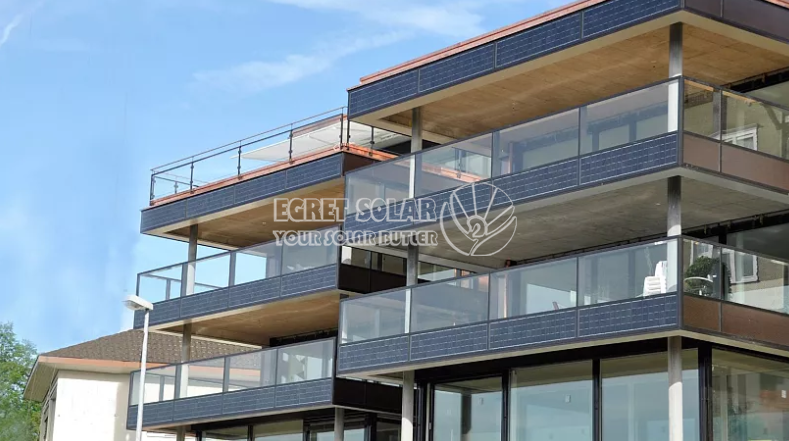- English
- Español
- Português
- русский
- Français
- 日本語
- Deutsch
- tiếng Việt
- Italiano
- Nederlands
- ภาษาไทย
- Polski
- 한국어
- Svenska
- magyar
- Malay
- বাংলা ভাষার
- Dansk
- Suomi
- हिन्दी
- Pilipino
- Türkçe
- Gaeilge
- العربية
- Indonesia
- Norsk
- تمل
- český
- ελληνικά
- український
- Javanese
- فارسی
- தமிழ்
- తెలుగు
- नेपाली
- Burmese
- български
- ລາວ
- Latine
- Қазақша
- Euskal
- Azərbaycan
- Slovenský jazyk
- Македонски
- Lietuvos
- Eesti Keel
- Română
- Slovenski
- मराठी
- Srpski језик
Solar balconies are booming in Germany. Here’s what you need to know about the popular home tech
2024-08-21
As Cusomters of Egret are purchasing more solar balcony solar mountings, and we see many are coming from Germany, so we would like to have an further survey of how popular solar balconies are in Germany . This new wave of solar producers aren’t just getting cheap electricity, they’re also participating in the energy transition.
More than 500,000 plug-in solar systems have been installed in Germany, most of them taking up a seamless spot on people’s balconies.
New data shows another 220,000 PV devices were installed in the first half of 2024. A boom born from Germany’s “very strong solar culture”, in the words of one expert.
Solar balconies are a piece of the wider energy transition across Europe, explains Jan Osenberg, a policy advisor at the SolarPower Europe association.
“We see them as a subset of rooftop solar, but also as something different,” he tells Euronews Green. “We basically see it as a trend to use all possible artificial infrastructure for solar generation.”

Solar balconies in brief: How they work
The main thing that differentiates solar balconies from rooftop solar is that they’re a much smaller system. Essentially, the tech consists of one or two panels plugged into an electricity socket.
They only produce around 10 per cent of the energy of residential rooftop systems, Osenberg says.
As a rough calculation, he estimates Germany has around 200 MW of installed balcony solar; compared to 16 GW capacity from the residential roof sector.

From a customer point of view, the main difference is that balcony PV is much easier to install. You can buy the kit online, and don’t need an electrician to set it up. Unlike for rooftop installations, where certified installers are recommended to avoid fire risks and damage to the structure.
In short: the panels are put on a mounting structure and attached via cables to an inverter that converts the electricity from DC to AC, which goes into your socket via a regular plug.
Who are solar balconies for?
“The main reason for the success of balcony solar systems is that it gives people the chance to use solar who weren’t able to use it before,” says a spokesperson for German manufacturer Meyer Burger.
“Most people don’t own a house, or they cannot install rooftop solar because of heritage protection, shading, or other constructional conditions of the roof. For them, balcony solar is appealing because they can use solar power to generate their own electricity and reduce their electric bills.”
Germany was one of the first countries to invest in solar technology, and now produces the most electricity from solar power in Europe. But - as elsewhere - apartment blocks have been late to the party.
“The multi-dwelling unit sector in rooftop solar has been really outside of the solar boom, [it] has been really neglected,” says Osenberg.
He attributes this to the challenges involved in getting all building owners to agree to rooftop solar, for example, and difficulties in sharing the electricity between different apartments.
“With balcony solar,” however, “it's suddenly very, very simple. All these people who were not able to get solar for the past 10 years now have a way to access it.”
This “wave” of new solar owners aren’t simply benefiting from cheap electricity, Osenberg says; they’re also empowered to take up their place in the energy transition.
“Rooftop solar really has this empowering momentum that people who start to have a solar system, they start to track their electricity consumption, they start to feel themselves as being someone who is a frontrunner in the energy transition, someone who supports the energy transition and is already a part of it” he says.
How has Germany helped people get balcony solar?
Germany was ahead of the curve on rooftop solar in the 2000s. The government encouraged people to get involved by rewarding them with feed-in tariffs, for example, giving a fixed price for every unit of electricity sent to the grid.
“Customers had already started this boom and successfully demanded simplified bureaucracy from politics,” according to Meyer Burger’s spokesperson. “Measures such as the elimination of VAT contributed to the popularity of balcony solar.”

Subsidies are also available on a regional level, with up to €500 on offer in Berlin (potentially half the cost of a kit). The tech pays for itself after around three years, says Osenberg. So with a lifetime of around 20 years, “it’s a very straightforward investment for citizens.”
Since the registration system was simplified in April, electricity regulator Bundesnetzagentur says it expects installations to be significantly higher this year.
The size and strength of balcony solar systems is gradually increasing too. Between January and June 2024, around 220,000 units with a gross capacity of 200 MW were registered, on average around 900 watts of gross capacity per unit. That’s up from an average of around 800 watts last year, according to the Bundesnetzagentur.
Balcony systems still need to be safely mounted. Although they encourage a DIY approach, you need to take the installation seriously. Hook designs make it simple, but as the modules weigh up to 24kg, they could cause serious damage if dropped from the 10th floor. For the balcony solar panel mounting, Egret Solar is your trustful solution provider.




